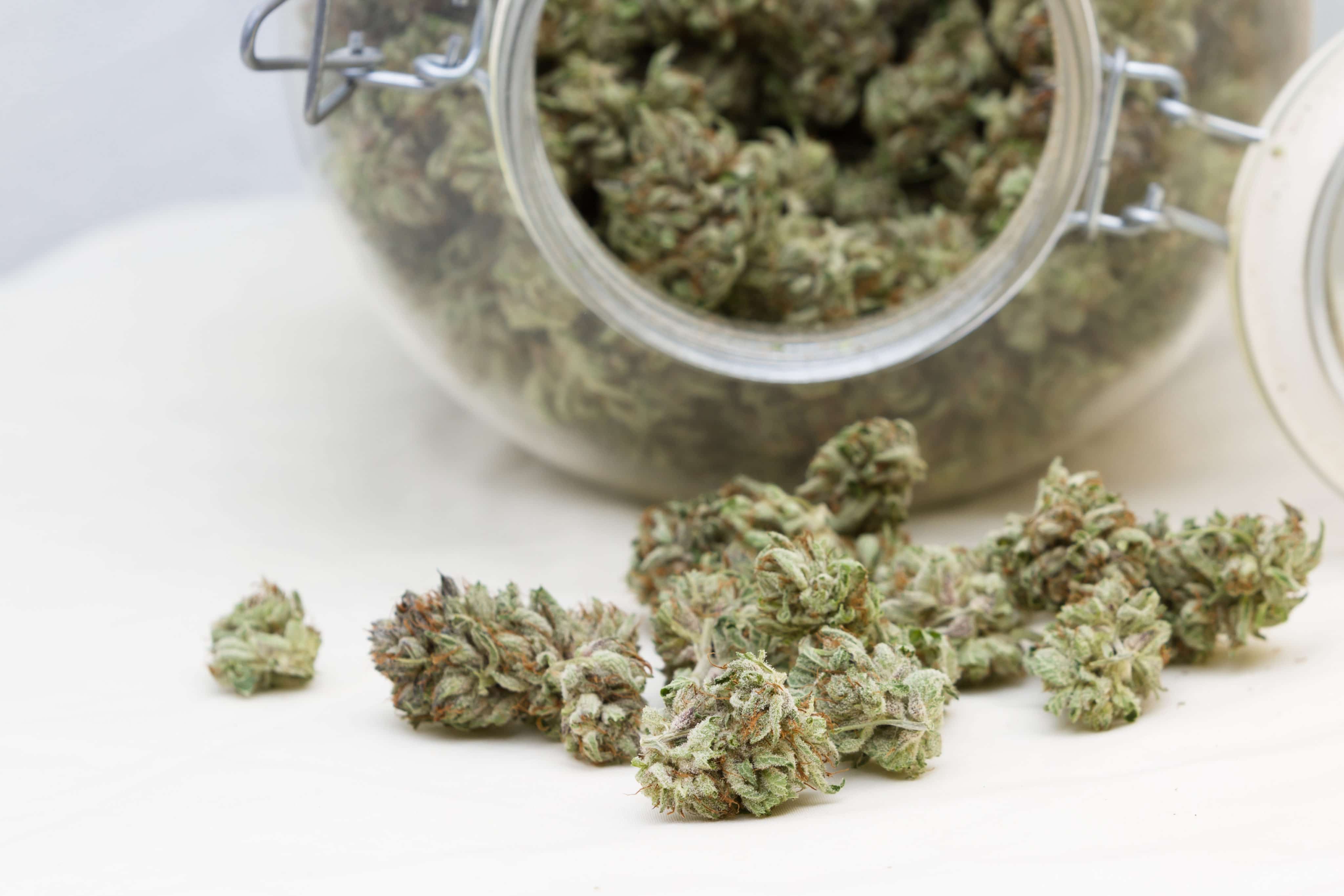Colorado Hits New Record with $423 Million in Annual Revenue From 2021
ColoradoFeaturedTrending Stories January 17, 2022 MJ Shareholders 0

The state of Colorado is reporting a new record amount of revenue collected during 2021, including update sales data in overall tax and fee revenue collected since 2014 when legal sales began.
The Colorado Department of Revenue (DoR) announced on January 11 that the state has made a new record with total annual cannabis sales. “New record alert! In 2021, Colorado collected over $423 million in revenue from marijuana sales (compared to the previous record of over $387 million in 2020). Colorado also surpassed $2B in tax and fee revenue and $12B in marijuana sales to date,” the agency wrote on its social media pages.
A detailed press release shared that monthly data for December 2021 reached $30,609,563 in tax and fee revenue (with a total of $423,486,053 between January and December 2021) and $2,018,933,005 since February 2014.
Similar in cannabis sales, the latest data revealed $158,462,549 was collected in November (with a total of $2,060,952,959 collected between January and November 2021) and a massive total of $12,039,747,032 collected since legal sales began in January 2014.
These figures are based off of the state sales tax (2.9 percent), cannabis retail sales tax (15 percent) and retail cannabis excise tax (15 percent). The DoR notes that for cannabis sales data, the official sales figures won’t be released until sometime in February 2022.
Sales data from October, November and December were reported to have decreased, with both cannabis sales and prices dropping below the usual rate. The price of smokeable flower per pound in the last three months of 2021 dropped by 28 percent ($1,316 to $948, according to Westword) in reference to the average market rate (AMR). In comparison, the AMR for the end of 2020 reported $1,721 in price per pound.
The states of Washington and California, however, have collected $3 billion and $3.1 billion in tax revenue, compared to Colorado’s newly achieved $2 billion. Of course, Washington’s sales tax is up to 46 percent in certain regions, and California’s sales tax reaches up to 38 percent. Colorado’s tax percent is the third highest in the country.
According to Marijuana Policy Project Policy Director Karen O’Keefe, Colorado’s cannabis industry is more consistent, which leads to steady flow of funds for the state. “When you have that kind of funding, economists say you have what’s called a multiplier effect, where you not only have the initial investment in the stores, the jobs and the tax revenue, but then that money is in people’s pockets who spend it again,” O’Keefe told Westword. “So it’s as if each dollar is two or three dollars, which is the way economists usually look at it.” She also notes that this long-term investing has led to the creation of 40,000 jobs and over 1,000 Colorado businesses.
“Some of the more recently taxed states are focusing on specifically investing a good chunk of the revenue in communities that have borne the brunt of marijuana prohibition and that have had disproportionate marijuana arrests,” O’Keefe continued. “You’ll just continue to see more tax revenue, more people working in the cannabis industry, operating cannabis businesses.”
Colorado’s cannabis industry is thriving in many other ways overall as well. At the beginning of the year, Governor Jared Polis signed an executive order to pardon 1,351 cases relating to cannabis possession convictions of two ounces or less. Psychedelic decriminalization is also ramping up in Colorado, with two potential ballot measures being proposed through New Approach PAC. One bill proposes legalization of multiple different psychedelic substances such as ibogaine, DMT, mescaline, psilocybin and psilocin, whereas the other bill focuses just on psilocybin and psilocin.
MJ Shareholders
MJShareholders.com is the largest dedicated financial network and leading corporate communications firm serving the legal cannabis industry. Our network aims to connect public marijuana companies with these focused cannabis audiences across the US and Canada that are critical for growth: Short and long term cannabis investors Active funding sources Mainstream media Business leaders Cannabis consumers











No comments so far.
Be first to leave comment below.